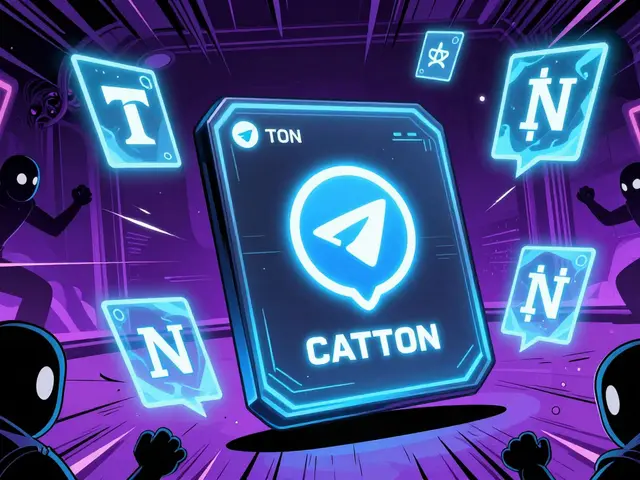Airdrop Safety Guide – Protect Your Free Tokens
When you hear about a crypto airdrop, a free token distribution that projects use to attract users, the first question should be about airdrop safety, the steps you take to verify the drop isn’t a scam. This practice ties directly to wallet security, how you protect your private keys and address from theft and to spotting phishing attacks, fake messages that try to steal your credentials. By understanding the link between airdrop safety and these elements, you can keep your crypto portfolio clean.
Airdrop safety encompasses three core actions: verify the token’s origin, check the distribution method, and secure the receiving address. Verification means looking for an official blog post, a verified social media account, or a clear link to the project’s whitepaper. If the source is ambiguous, the risk jumps. Distribution methods matter because legitimate projects use on‑chain snapshots or trusted platforms, while scammers often ask for private keys or payment to unlock the free tokens. Finally, wallet security requires you to use a non‑custodial address you control; hardware wallets add an extra layer that stops most remote attacks.
Key Checks Before You Claim
First, treat every airdrop announcement as a potential phishing attack, an attempt to trick you into revealing personal information. Look for tell‑tale signs: urgent language, misspelled URLs, or requests to sign a transaction that moves funds out of your wallet. Second, assess the token’s legitimacy. A reputable project will have a registered trademark, a transparent team, and a clear use case. You can cross‑reference the contract address on block explorers; if the contract is brand new with no audit, proceed with caution. Third, confirm the airdrop’s distribution channel. Official channels include the project’s own dApp, partnered exchanges, or well‑known aggregators. Any third‑party site asking for private keys should be avoided outright.
Understanding the relationship between token distribution and wallet security helps you avoid costly mistakes. Token distribution influences how easy it is for an attacker to hijack the process; a centralized claim portal that requires you to log in with your seed phrase is a red flag. Conversely, a decentralized snapshot that merely records your address and sends tokens automatically reduces the attack surface. If you’re using a software wallet, enable two‑factor authentication and keep your recovery phrase offline. For higher‑value airdrops, a hardware wallet isolates the private key, making phishing attacks virtually useless.
Finally, stay informed about the broader ecosystem. Regulatory bodies in several countries are cracking down on fraudulent airdrops, and reputable exchanges often publish blacklists of known scams. Monitoring community forums, Discord channels, and trusted news outlets gives you early warnings. Remember, airdrop safety requires continuous vigilance; the tactics scammers use evolve quickly, and what worked last month might be obsolete today. By combining token verification, secure claim methods, and up‑to‑date intelligence, you build a robust shield around your free tokens.
With these principles in mind, you’ll be ready to evaluate any new token drop that pops up in your feed. Below you’ll find a curated collection of articles that dive deeper into each of these topics— from spotting phishing tricks to reviewing the safest wallets for airdrop claims. Dive in and arm yourself with the knowledge you need to keep every free token truly free.
Explore the uncertain SafeLaunch (SFEX) token airdrop, its current market status, security risks, verification steps, and how it measures up against proven crypto airdrops in 2025.
READ MORE






